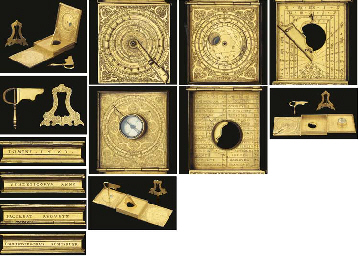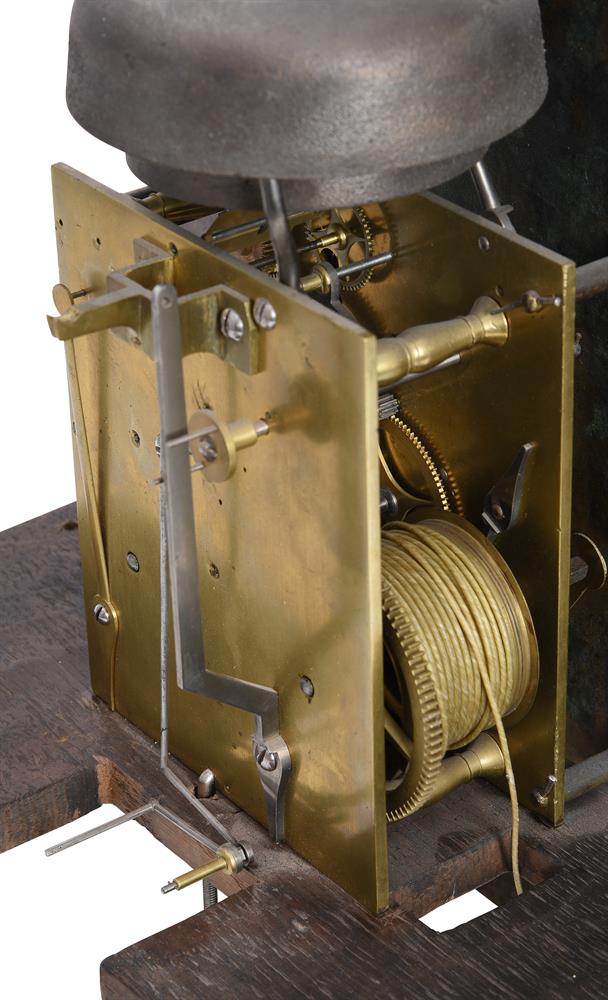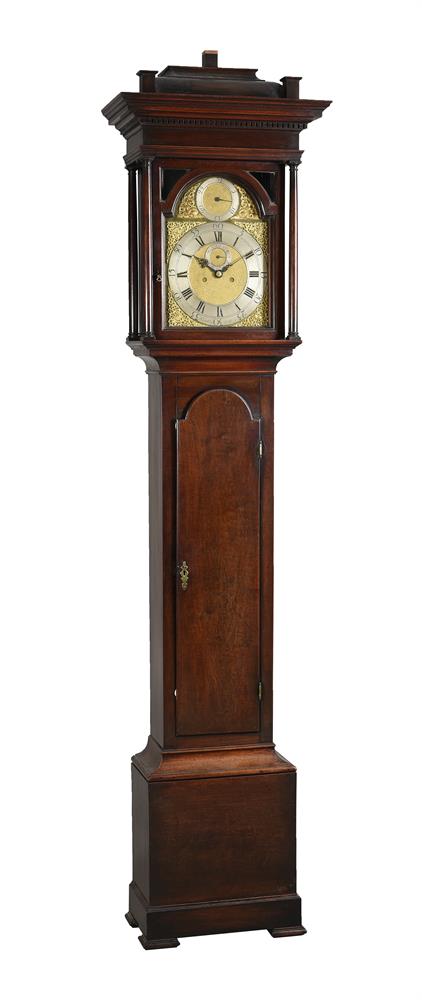A particularly fine Second World War immediate D-Day and North-West Europe operations M.M. and Bar group of six awarded to Lance-Sergeant D. E. Everson, 262 Field Company, Royal Engineers, who, having been decorated for his gallant work clearing mines on D-Day under sniper fire - and taking an enemy post and seven prisoners - went on to add a Bar to his decoration for further mine clearance work during 8th Armoured Brigade’s push into Germany in January 1945: he removed the latter devices from frozen ground ‘which prohibited the detection of anti-handling devices’ - under accurate and heavy shellfire Military Medal, G.VI.R., with Second Award Bar (2014573 L. Sjt. D. E. Everson, R.E.); 1939-45 Star; Africa Star; France and Germany Star; Defence and War Medals 1939-45, generally good very fine (6) £5000-6000 Footnote Just 177 Bars were awarded to the Military Medal in the 1939-45 War. M.M. London Gazette 31 August 1944: ‘For gallant and distinguished services in Normandy.’ The original recommendation states: ‘This N.C.O. landed at H plus 30 (Minutes) on D-Day and was given the task with his Platoon to clear mines from the beach under enemy fire. He showed great personal courage and determination in his task and by his continual energy and cheerfulness kept his men in excellent spirits until the work was completed. Later, seeing that a small enemy post was holding up work on the beach, he organised a small party of Sappers and attacked and captured the post taking 7 prisoners.’ Bar to M.M. London Gazette 12 April 1945: ‘For gallant and distinguished services in North-West Europe.’ The original recommendation states: ‘On 18 January 1945, an armoured column of 8 Armoured Brigade started the drive to Konigsbosch. Sergeant Everson was in charge of a party of Sappers travelling in White Scout Cars with the leading tanks. At about 2300 hours on the night of 18 January, the leading tank was blown up by a mine, completely blocking the road. Sergeant Everson immediately took his party forward and began to clear a safe lane around the tank. A burning haystack at the side of the road put his party in view of the enemy and silhouetted the stationary vehicles. Having started his party on clearing a lane through the field to the south of the road, Sergeant Everson carried out a quick reconnaissance of the road and verges in the immediate vicinity of the damaged tank. He discovered some wooden German box mines and, in order to clear the road through the minebelt in the quickest possible time, decided to lift the mines instead of blowing them up in situ as previously instructed. This he did himself fully realising the dangers involved in removing mines from frozen ground which prohibited the detection of anti-handling devices. In addition, although the pressure blocks of the mines could move, their lids were frozen down and prevented their neutralisation on the ground. This difficult task was made the more hazardous by lack of immediate infantry support and accurate and heavy shellfire. By his complete disregard for his own personal safety, Sergeant Everson cleared the road block and so enabled the column to press on to Konigsbosch in under 45 minutes. On the following day, 19 January 1945, this armoured force was temporarily cut off in Konigsbosch and Sergeant Everson showed great initiative by starting to clear the road to the south to Saeffeln which had been mined by the enemy. He eventually made contact with the tanks moving up this road and was able to tell them that the road was clear. This action was undoubtedly instrumental in helping to effect the link up from the south during the night of 19-20 January. Throughout the 36 hours of this action Sergeant Everson, who got no rest and was frequently under enemy shellfire, set an example of resolution and courage of the highest order.’ Douglas Ernest Everson was serving in the Right Hand Track Party of No. 2 Platoon of 262 Field Company on D-Day, which unit landed on “Mike” sector on “Gold Be
A particularly fine Second World War immediate D-Day and North-West Europe operations M.M. and Bar group of six awarded to Lance-Sergeant D. E. Everson, 262 Field Company, Royal Engineers, who, having been decorated for his gallant work clearing mines on D-Day under sniper fire - and taking an enemy post and seven prisoners - went on to add a Bar to his decoration for further mine clearance work during 8th Armoured Brigade’s push into Germany in January 1945: he removed the latter devices from frozen ground ‘which prohibited the detection of anti-handling devices’ - under accurate and heavy shellfire Military Medal, G.VI.R., with Second Award Bar (2014573 L. Sjt. D. E. Everson, R.E.); 1939-45 Star; Africa Star; France and Germany Star; Defence and War Medals 1939-45, generally good very fine (6) £5000-6000 Footnote Just 177 Bars were awarded to the Military Medal in the 1939-45 War. M.M. London Gazette 31 August 1944: ‘For gallant and distinguished services in Normandy.’ The original recommendation states: ‘This N.C.O. landed at H plus 30 (Minutes) on D-Day and was given the task with his Platoon to clear mines from the beach under enemy fire. He showed great personal courage and determination in his task and by his continual energy and cheerfulness kept his men in excellent spirits until the work was completed. Later, seeing that a small enemy post was holding up work on the beach, he organised a small party of Sappers and attacked and captured the post taking 7 prisoners.’ Bar to M.M. London Gazette 12 April 1945: ‘For gallant and distinguished services in North-West Europe.’ The original recommendation states: ‘On 18 January 1945, an armoured column of 8 Armoured Brigade started the drive to Konigsbosch. Sergeant Everson was in charge of a party of Sappers travelling in White Scout Cars with the leading tanks. At about 2300 hours on the night of 18 January, the leading tank was blown up by a mine, completely blocking the road. Sergeant Everson immediately took his party forward and began to clear a safe lane around the tank. A burning haystack at the side of the road put his party in view of the enemy and silhouetted the stationary vehicles. Having started his party on clearing a lane through the field to the south of the road, Sergeant Everson carried out a quick reconnaissance of the road and verges in the immediate vicinity of the damaged tank. He discovered some wooden German box mines and, in order to clear the road through the minebelt in the quickest possible time, decided to lift the mines instead of blowing them up in situ as previously instructed. This he did himself fully realising the dangers involved in removing mines from frozen ground which prohibited the detection of anti-handling devices. In addition, although the pressure blocks of the mines could move, their lids were frozen down and prevented their neutralisation on the ground. This difficult task was made the more hazardous by lack of immediate infantry support and accurate and heavy shellfire. By his complete disregard for his own personal safety, Sergeant Everson cleared the road block and so enabled the column to press on to Konigsbosch in under 45 minutes. On the following day, 19 January 1945, this armoured force was temporarily cut off in Konigsbosch and Sergeant Everson showed great initiative by starting to clear the road to the south to Saeffeln which had been mined by the enemy. He eventually made contact with the tanks moving up this road and was able to tell them that the road was clear. This action was undoubtedly instrumental in helping to effect the link up from the south during the night of 19-20 January. Throughout the 36 hours of this action Sergeant Everson, who got no rest and was frequently under enemy shellfire, set an example of resolution and courage of the highest order.’ Douglas Ernest Everson was serving in the Right Hand Track Party of No. 2 Platoon of 262 Field Company on D-Day, which unit landed on “Mike” sector on “Gold Be





/115888/Internet%20Image%201.jpg)
/112196/Internet%20Image%201.jpg)

/56149/Internet%20Image%201.jpg)
/87194/Internet%20Image%201.jpg)
/65734/Internet%20Image%202.jpg)


/121417/Internet%20Image%201.jpg)
/98328/Internet%20Image%201.jpg)
Try LotSearch and its premium features for 7 days - without any costs!
Be notified automatically about new items in upcoming auctions.
Create an alert